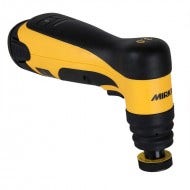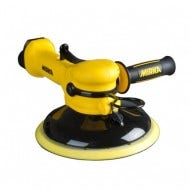Sanding Tools
A sanding tool is also known as a 'sander' and is a power tool that has an abrasive surface, such as sandpaper or a polishing pad, attached to it to smoothen and polish surfaces, including wood, metal and plastics.
Sanders are designed to smooth all kinds of surfaces in different locations. For example a detail sander has a triangle shape so that it can sand corners, whereas a drywall sander has a large surface area and is positioned on the end of pole, so that walls and ceilings can quickly be smoothed down.
Sanding tools are used by decorators to smooth walls down quickly when prepping before painting or wallpapering, woodworkers use them for finishing a project such as a staircase and metalworkers use belt sanders for smoothing and polishing metal surfaces.

























